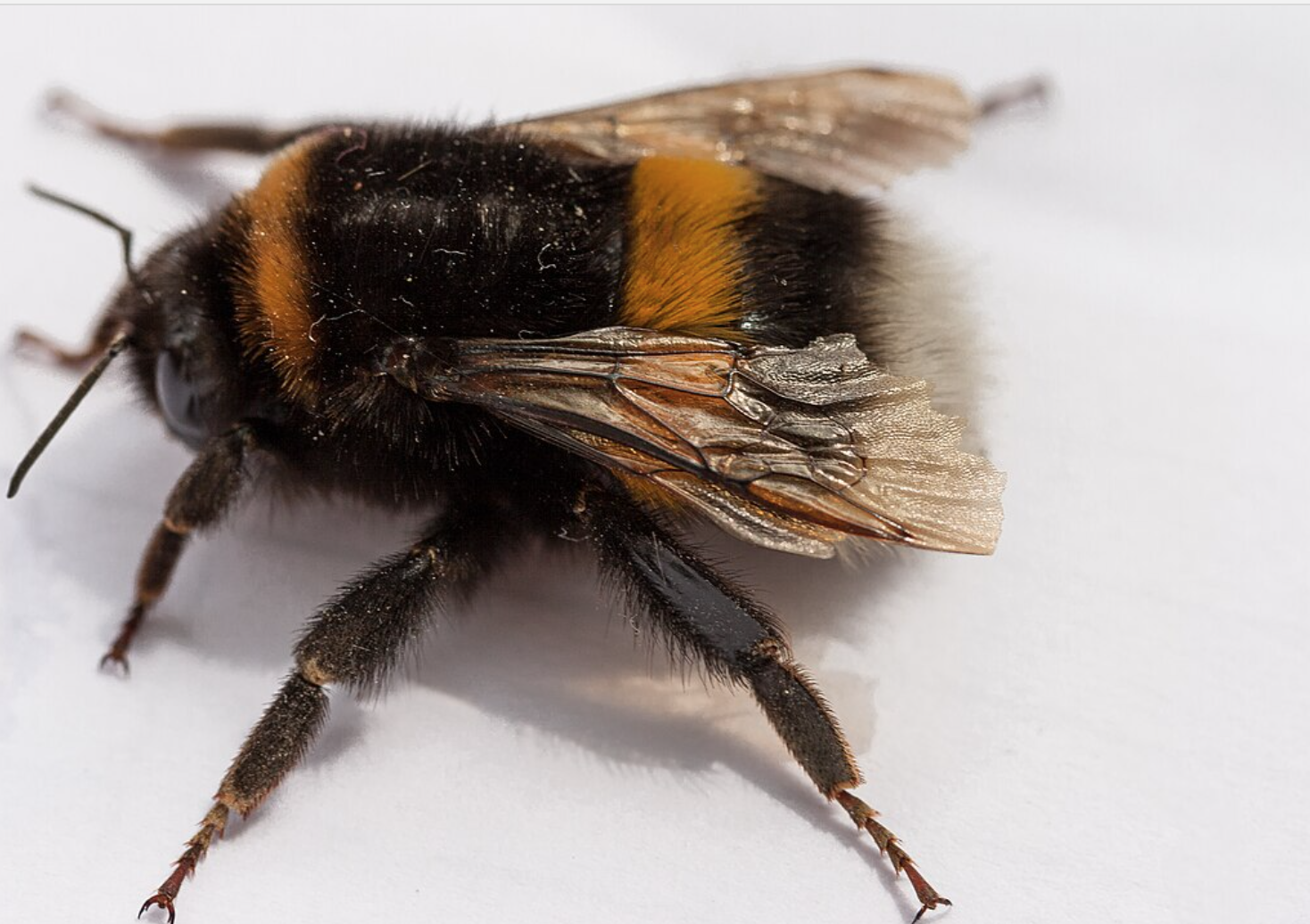After eight years tracking the foraging preferences of eight species of wild bees, researchers in North America have identified patterns in their choice of pollens. Protein contents in pollens studied by a team drawn from Northwestern University and Chicago Botanic Garden ranged from 17% to 86%. Large species were found to prefer high protein pollens, while smaller bees in the study homed in on pollens with higher carbohydrate levels and fat contents. This range is wide enough to make co-existence possible and support seasonal variations within colonies through the summer.
Science News covered the story here, Northwestern published this, which stresses how little twenty first century scientists know about wild pollinators at a landscape level. Why we listen to pesticide manufacturers rather than wild bumblebees defies logic.


